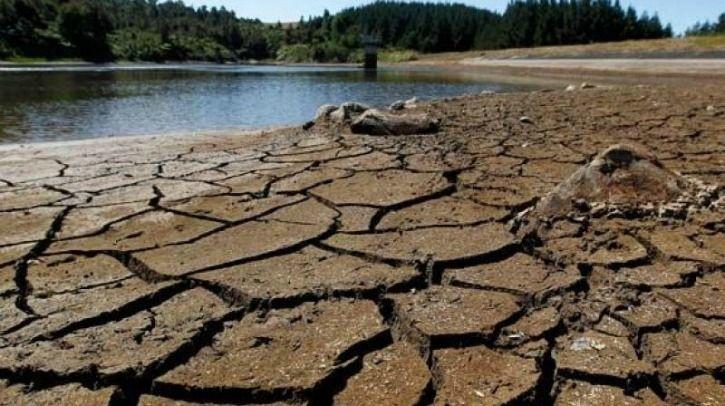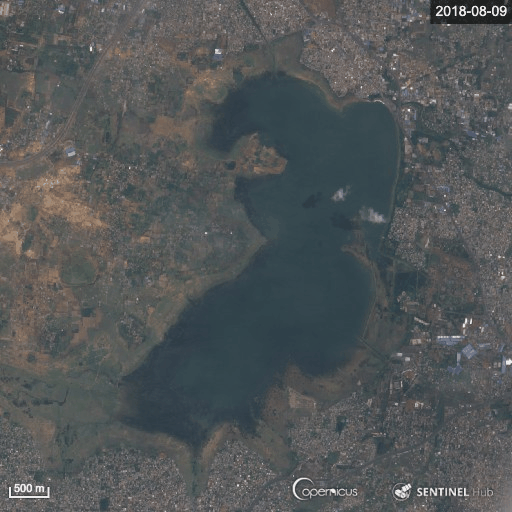
Chennai is India’s sixth-largest city, but has suffered from severe water shortages. If you look at the image taken in February of this year, you can see that although the reservoir was rich in water, it almost disappeared as shockingly after 4 months.
Chennai has a population of 4.65 million, and in order to somehow secure water, the desalination plant is fully operated and water is transported by truck or train every day. Nevertheless, it is not a long-term solution. In addition to the insufficient water management so far, excessive drainage of groundwater is also pointed to as the cause of the water shortage. In addition, the structure of water circulation is broken as climate change overlaps.
Climate change has caused heatwaves, hastened water evaporation, while also raising surface temperatures. Chennai’s temperature has risen by 1.3 degrees over the past 60 years, and moisture per hour has been running out.
The scary thing is that the same phenomenon is happening not only in Chennai, but in cities around the world. A similar phenomenon occurred last year in Cape Town, South Africa, and Sao Paulo, Brazil, suffered from water shortages in 2015 due to drought. California, USA, also managed to survive after several years of drought, thanks to record rainfall in 2018-2019.
Weather patterns are getting strange, such as rain suddenly pouring down or not falling at all, as global temperatures are slowly rising due to climate change. In Chennai, it rained less than 200 days last year. In addition, even during the rainy season, it ended without great rain. In Chennai this year, four reservoirs began to shrink, and the heat of May took away water.

In mid-June, when the reservoir was exhausted, the only thing that could save Chennai was rain. However, even afterwards, it does not rain and the emergency continues.
Chenna’s water shortage seems to be attributable to difficult development. Since the 1940s, Chennai’s population growth has maintained a double digit. The city’s water supply system was wasteful and lax as the population was soaring and water management was not planned. There was no water meter, so water use was not properly monitored.
As urbanization progressed and the surface was covered with concrete, it became difficult for rainwater to penetrate into the ground, leading to depletion of groundwater. If the water does not come out of the well, you have no choice but to depend on the reservoir. However, as the rainfall was scarce, the water in the reservoir was also exposed, and in the end, he turned to water trucks elsewhere. Chenna’s tragedy can be said to be the result of overlapping environmental changes and policy failures caused by climate change.
Simply expanding the desalination plant cannot be a solution. Experts recommend active storage of rainwater, reuse of water, and securing efficiency of farmland irrigation. It is time to make efforts to protect water resources. Related information can be found here .

